How Does Wheel Size Affect Performance?
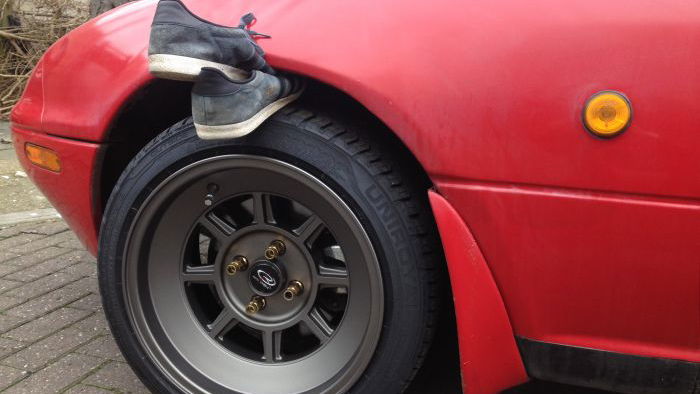
You see it at every car meet and cruise; VW Golfs and Audi A4s turning up with their arches filled and scraping with wheels four inches larger than stock. Aesthetically, it is completely understandable to want to fill the wheel arches for a more aggressive and hunkered look. Your car can be made to look badass and more compact in side profile. I’ve even seen 19-inch Lamborghini wheels crammed into a Scirocco’s arches. But how does a big set of wheels affect your car in terms of performance? Are you needlessly sapping the life out of your 0-60 time and your handling?
To start off with, let’s look at the simple fundamentals of wheel dynamics. To get a wheel spinning, you need to apply a torque through its axis. This torque value can be calculated using the radius of the wheel and the tangential force produced by the wheel.
We can treat the torque value as a constant (assuming your engine produces a stable torque figure) which therefore means that if the wheel radius changes, the driving force acting from the wheel must also change.
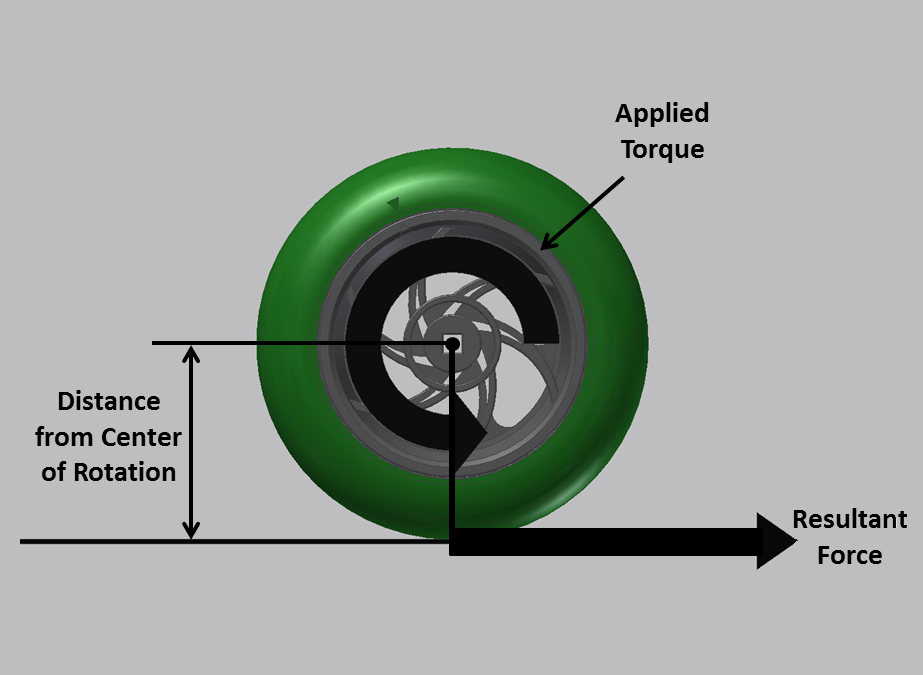
So let’s say you start off with a 15-inch wheel on your 1.6-litre VW Golf GTI which produces a maximum torque output of 350 Nm. Assuming that the torque is split between the two wheels (175 Nm each) and discounting drive ratios so that all the engine’s torque makes it to the wheels, the force can be calculated to be around 460 Newtons. Now, increase that wheel diameter to a set of 19-inch Need for Speed style, fake diamond cut rims from your local Halfords. Run the calculation through again and that driving force will decrease to 360 Newtons.
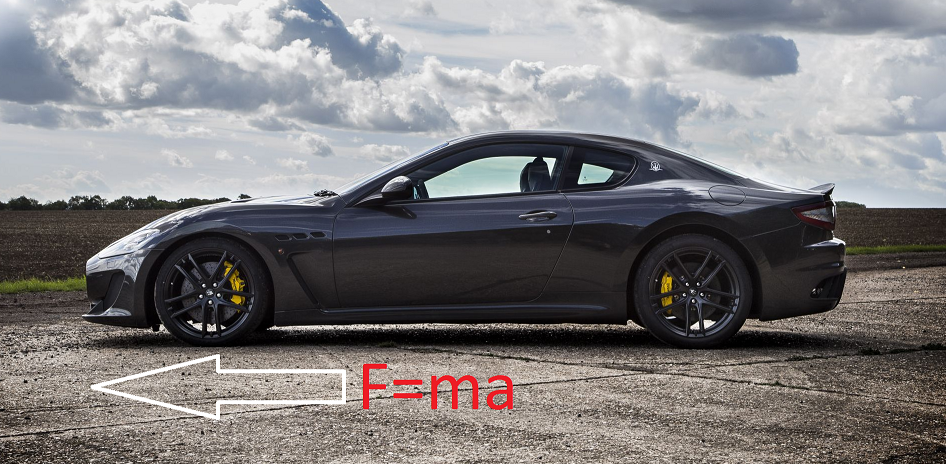
Newton’s Second Law dictates that the force on an object is equal to its mass multiplied by its acceleration. So, increasing your wheel size will decrease the driving force from your wheels which will culminate in a decrease in acceleration of said wheels.
To summarise, a car’s engine finds it more difficult to rotate larger wheels, making for a decrease in overall acceleration. This is all assuming that every other component like the engine, driveshafts, gears and differentials are kept stock, making them specifically engineered for the original wheel size. Fuel economy will inevitably suffer as well due to the engine having to work harder to rotate the wheels, but I’d imagine that’s the least of worries for the generic modifier.
Car and Driver ran an interesting test a few years ago to show just how much difference wheel sizes can make to acceleration using a VW Golf. The car was tested with varying wheel sizes, with the 0-60mph times ranging from 7.6 seconds for the smallest wheel size (15-inch) and 7.9 seconds for the 19-inch option. That lag in time was emphasised with the 0-100mph times as well, with the large-wheeled car taking over a second longer than the 15-inch variant.
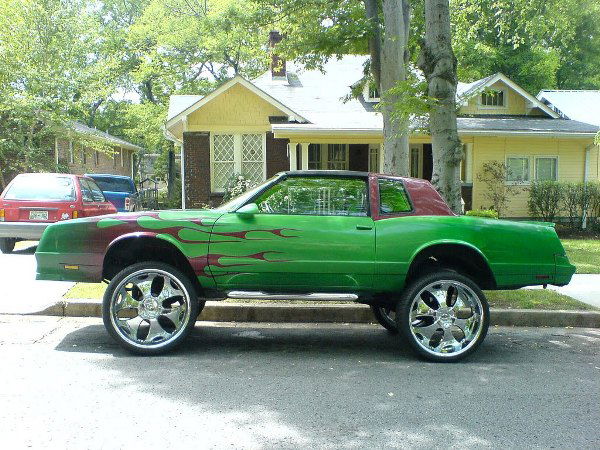
Another area affected by wheel diameter is the tyre that has to be mounted to it. Since the speedometer and gearing are finely tuned to the entire diameter of the alloy and tyre combined, as wheel size increases, the profile of the tyre must decrease to not mess this calibration around. This therefore means that the sidewalls of the tyre have to be stronger to withstand the lateral forces applied through cornering, decreasing ride comfort and feedback to the driver.
But it’s not all bad. Increasing wheel diameter normally means increasing its width as well, making the contact patch between tyre and road larger, hence increasing grip. On that note, you should really stiffen your suspension along with increasing tyre width as body roll will increase substantially if the car is able to dig much harder into corners due to the added friction leading to corner stability.
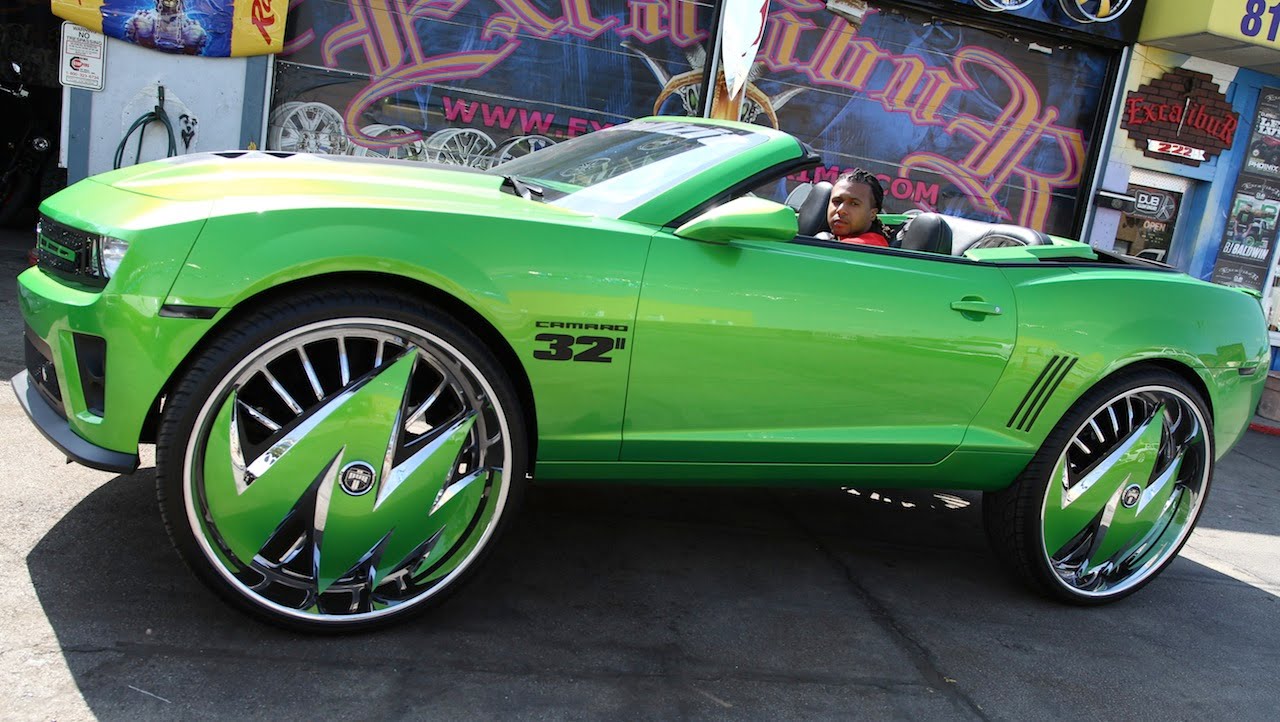
Differences in handling will also vary with wheel size. Smaller diameter wheels will make for more concise handling as each rotation of the wheel covers a shorter distance, meaning more acute adjustments can be made during cornering compared to a larger diameter tyre, which will try to push further on into the corner and provoke understeer. On the contrary, the increase in grip for the larger, wider wheels will culminate in faster and more composed handling as stated above.
So the real question is, do you go for aesthetics or performance? Comment below, we’re interested to see what you all think!
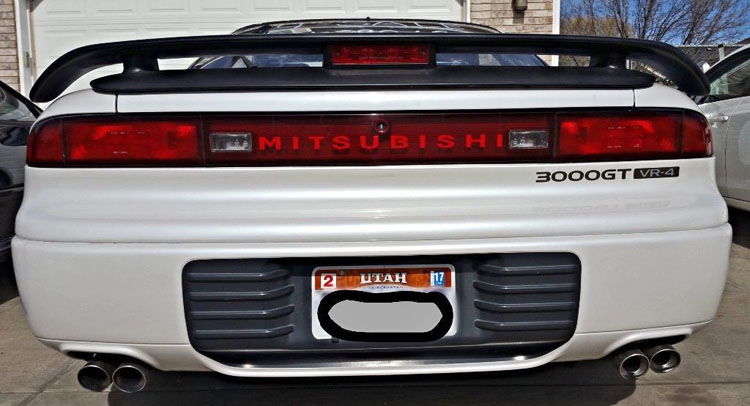
Comments
Wheel size makes absolutely zero difference as long as you compensate with lower profile tires so that the overall diameter is the same as stock and the weight of the wheel/tire combo is the same as stock
Classic muscle cars!
[DELETED]
While youre absolutely right that increasing the overall wheel diameter (including the tire) is the equivalent to having a longer gear ratio, most track guys increase rim size so that they can run a lower profile sidewall and get more reponse. I dont know if youve ever driven an old car with a massive sidewall but its sloppy… no response, sudden oversteer and understeer… a lot like very soft dampening.
Wider tires doesn’t affect the total area of the contact patches. The contact patch is determined by the weight on the tire and the inflation pressure. Assuming an ideal 3600-lb car, each tire would be carrying 900 lb. If each tire is inflated to 30 psi, the contact area will be 30 square inches each. Wider tires will change the shape of the contact patch, but not the area.
When engineering students write articles
Does 1 inch bigger but lighter rims make a whole lot of difference to the handling characteristics and negative impact on fuel economy?
So, you are saying that putting on smaller wheels make you faster? What if I put tiny lego wheels, (and suppose I can get the same amount of grip out of them) would it make me go super fast? The force output may be higher if you put on smaller wheels, but the amount of work done is the same. (Work = Force * displacement, in case you did not know) High force + small circumference vs low force + large circumference. The gain is acceleration is due to the reduction of weight in less tyre material and less metal used in rims.
19” Lambo wheels in a Scirocco (so technically - a Golf, what a surprise) is quite outrageous, I fully agree, but if we’re going to be technical, we should also take mass placement into account. If you start with a pathetic rim, you probably also start with a fat tire and tires are surprisingly heavy. If you replace this set with a nice, lightweight, larger rims, you will probably also fit them with skinnier tires. It’s a lighter set. So if you won’t go absolute Puff Diddly about the wheel size, you can go from 15” to 17” inch with a skinny tire and maintain similar performance. Also, the give on a tire is smaller in the bends, so you can go faster and still maintain grip.
Yea if you increase tire diameter together with the rim.. I went from 15” to 17” rims with the same tire diameter, so distance from center of rotation is the same.
Bigger rim = lower sidewall on the tire = less flex in the sidewall = better high speed corner stability ? Correct me if I’m wrong but this is my experience with bigger rims (same tire circumference).
Never noticed anything with the acceleration.. If anything it was better with the lighter OZ Formula HLT’s
Pagination